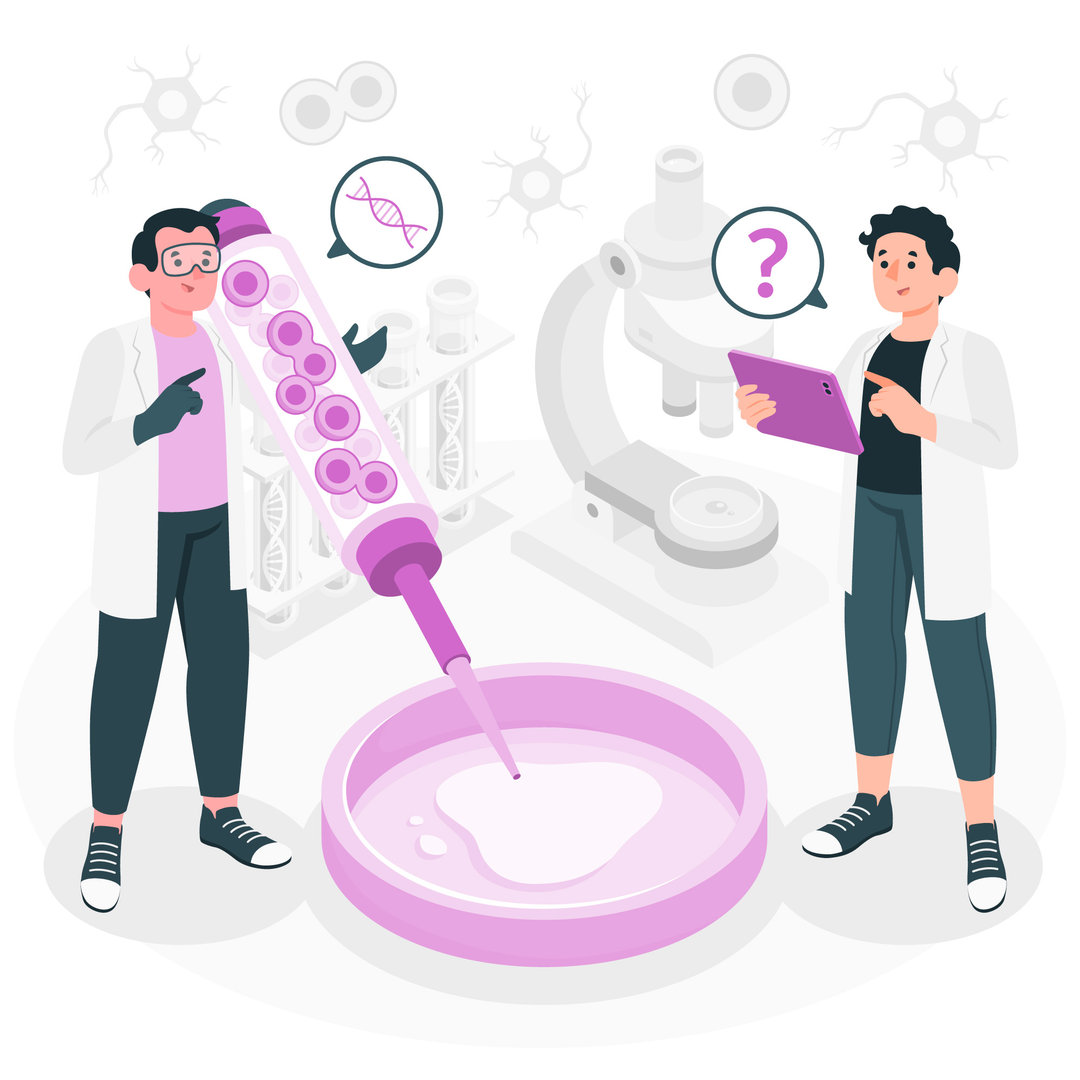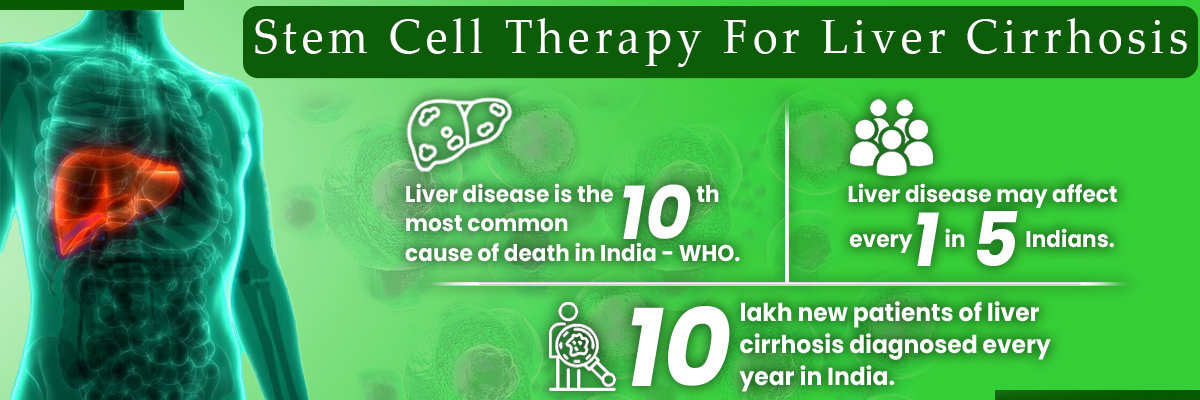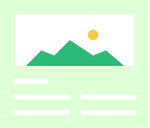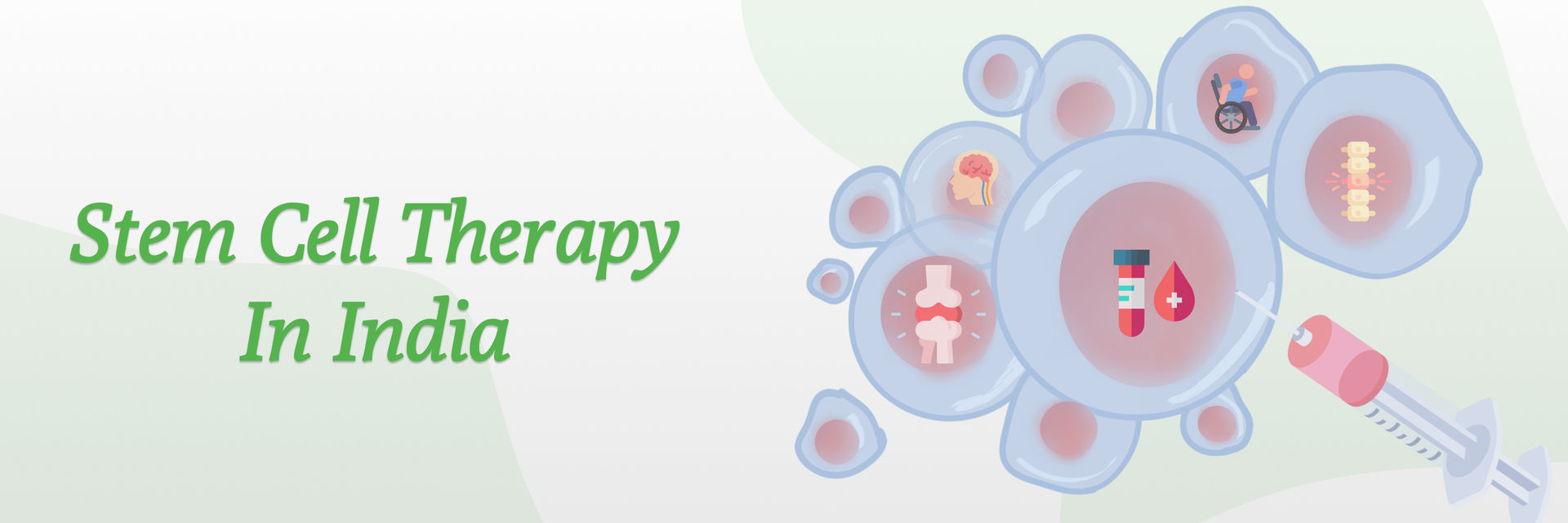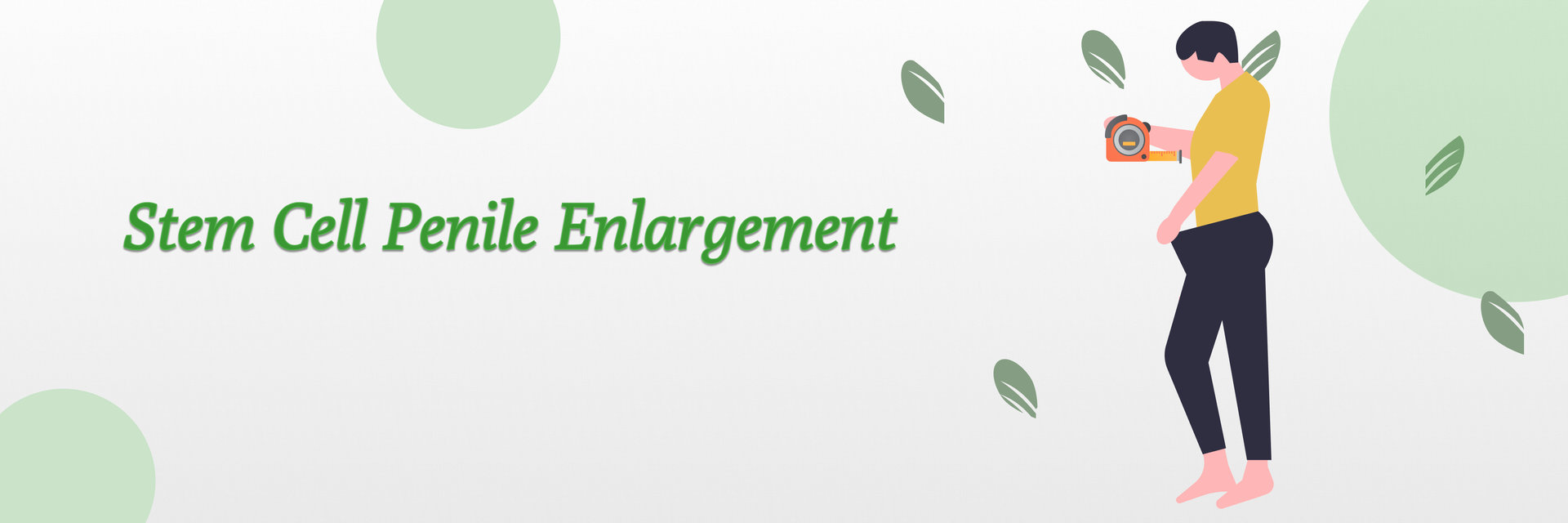Introduction
Pain in the shoulder can be more than a mere annoying ache — it's a persistent interference with daily life, capable of restricting mobility, interrupting rest, and severely diminishing the quality of life. Whether due to a dislocated shoulder, chronic inflammation, or that most feared rotator cuff tear, discovering a long-term, effective resolution becomes the singular objective for most sufferers. Conventional treatment methods, such as knee surgery, corticosteroid injections, or physical therapy, also yield valuable pain relief only in the short term, while at times, they may not address the underlying cause of the issue. Stem Cell Research stepped in to revolutionize the orthopedic world.
The innovative field of Stem Cell Research is now being identified as a game-changer for shoulder joint pain treatment. With the advancement in mesenchymal stem cell technology, physicians now look to its full potential for regenerating injured tissues, particularly around rotator cuff muscles, ligaments, and cartilage, ushering pain management into an entirely new age. Is it hype or truly revolutionary? Let's take a closer look at how stem cells are being utilized to rebuild shoulders and redefine the future of orthopedic treatment. Connect with medical professionals if you want to learn in-depth about the stem cell shoulder treatment.
What Causes Shoulder Pain?
The shoulder joint is also one of the most mobile and intricate joints in the human anatomy. It's a ball-and-socket joint that consists of the scapula, humerus, and clavicle and is held in place by tendons, muscles, and ligaments. Now think of it, with so much movement and reliance, how vulnerable it is to deterioration. Some of the common causes of pain in the shoulder joint are:
Rotator cuff tears – One of the most common causes of pain, particularly for athletes or older people. Inflammation or tearing of the rotator cuff muscles causes limited movement and excruciating pain.
Scapula pain – Frequently overlooked, this kind of pain can radiate to the shoulder and present similar to rotator cuff injury symptoms.
Dislocated shoulder – When the upper arm bone becomes dislodged from the socket, there is severe, abrupt pain.
Frozen shoulder – Also referred to as adhesive capsulitis, it induces stiffness and restricts range of motion.
Bursitis and tendonitis – Inflammation of fluid-filled sacs or tendons surrounding the shoulder joint.
Whereas conventional treatments are trying to control these symptoms, they are usually not working on regeneration. That is where Stem Cell Therapy comes in with an advantage.
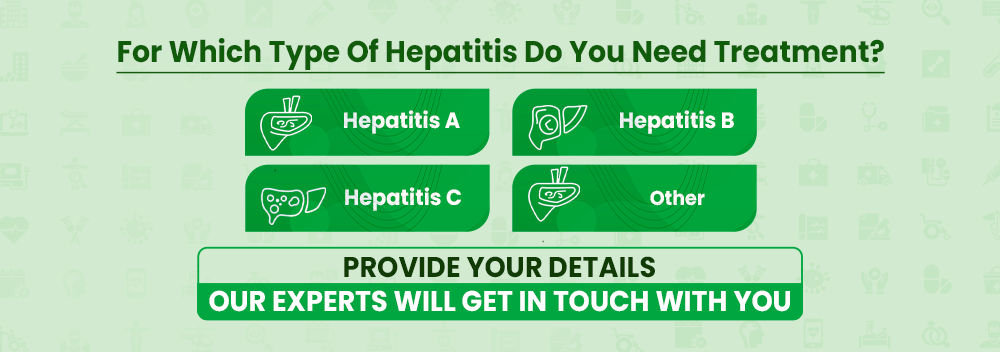
What Is Stem Cell Therapy?
Stem cell therapy is a type of regenerative medicine that employs the body's repair agents — stem cells — to restore or replace harmed tissues. They aren't your run-of-the-mill cells. Stem cells, particularly mesenchymal stem cells, possess a special property of differentiating into different cell types, such as muscle, tendon, or cartilage cells, and hence are ideal for orthopedic use.
There are various types of stem cells — embryonic stem cells, mesenchymal stem cells (MSCs), and induced pluripotent stem cells — but for shoulder treatments, MSCs isolated from bone marrow or fat tissue are generally used. The cells are obtained from the patient's body, treated in a laboratory, and then injected exactly into the damaged area.
The objective isn't merely pain alleviation but genuine tissue regeneration. Rather than anesthetizing the shoulder or substituting parts with surgery, Stem Cell Research wants to induce the body's healing response. It's this regenerative ability that distinguishes stem cell therapy from other treatments such as knee surgery or cortisone injections. If you are considering stem cells as a viable option for shoulder treatment, you can book a doctor video consultation on our platform in just minutes.
How Does Stem Cell Therapy Assist In Shoulder Treatment?
Once inside the shoulder joint, the mesenchymal stem cells get to work. They don't sit idly by; they actively respond to the signals of damaged tissue and set about changing into the cells required for repair. For a torn rotator cuff, for example, they would differentiate into tendon cells, re-establishing the strength and flexibility of the damaged muscle. They also assist in:
- Lessening inflammation in the shoulder capsule and the surrounding tissue
- Promoting blood vessel development, enhancing oxygen and nutrient supply
- Faster healing after injury or even after surgery
- Avoidance of the formation of scar tissue, which restricts motion
This renders stem cell shoulder therapy particularly promising in individuals with chronic scapular pain, pain in the shoulder joint, and partially torn rotator cuff muscles. Improved mobility and significant pain reduction have been experienced by a majority of patients within a few months to weeks after treatment.
Conditions Treated With Stem Cell Therapy
Stem cell therapy is no miracle cure-all, yet it's proving hopeful for a broad spectrum of shoulder problems. Let's break it down:
- Partial rotator cuff tears
- Tendonitis and tendinopathy
- Shoulder arthritis (osteoarthritis and rheumatoid)
- Labral tears
- Scapular dyskinesis
- Bursitis
- Recurrent dislocated shoulder episodes
What's interesting is that most of these conditions are classically treated with knee surgery-type interventions — invasive and usually needing extensive recovery times. Stem cells provide a less invasive but regenerative solution to deal with both pain relief and function.
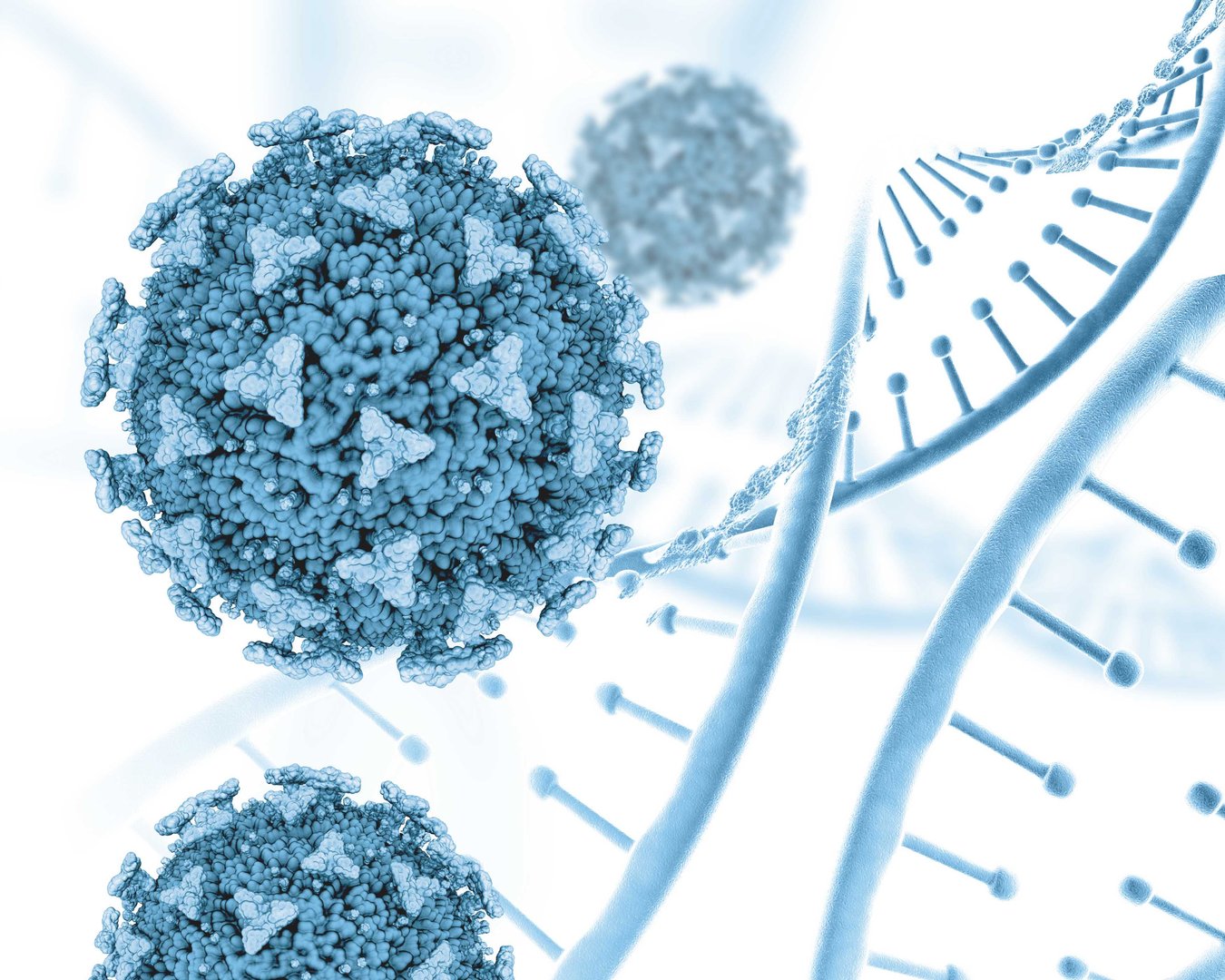
Overview Of The Procedure
The procedure for stem cell shoulder treatment is typically these steps:
Step 1 ->Patient Evaluation: Involves imaging such as MRI or ultrasound to identify the area of concern.
Step 2 ->Stem Cell Harvesting: Generally harvested from the patient's bone marrow (pelvis) or fat tissue (abdomen or thigh)
Step 3 ->Processing: The stem cells are washed and concentrated by laboratory methods.
Step 4 ->Directed Injection: Utilizing ultrasound or fluoroscopic guidance, the cells are injected into the injured portion of the shoulder.
The whole process is normally conducted on an outpatient basis. The majority of patients can go home the same day and resume light activity in a few days. In comparison to invasive surgery, downtime is minimal, hence making it an ideal choice for active patients. One can get the best result after the treatment if treated by the best stem cell doctors in India.
Advantages Of The Treatment
There's a reason why Stem Cell Research in orthopedics is on the rise. The list of advantages is extensive and persuasive:
- Non-surgical and minimally invasive
- Better recovery than with shoulder surgery
- Better healing in ligaments and tendons
- Better mobility and strength in the shoulder
- Less inflammation and pain
- Lower infection or complication risk
And this therapy can be paired with PRP (Platelet-Rich Plasma) for combined effects. It is a very promising option, particularly for individuals who are having chronic scapula or rotator cuff pain, where other interventions have not worked.
Risks Associated
Okay, let’s keep it real — no treatment is 100% risk-free. Although stem cell shoulder therapy is considered safe, a few risks and concerns do exist:
- Slight swelling or soreness at the injection site
- Minor bleeding or bruising
- Rare chance of infection
- Unpredictable outcomes in severely damaged joints
Also, since the area of Stem Cell Research is still developing, results are not always consistent. It's important to see an experienced professional and have realistic expectations, particularly for older patients with advanced joint degeneration or full-thickness rotator cuff tears.
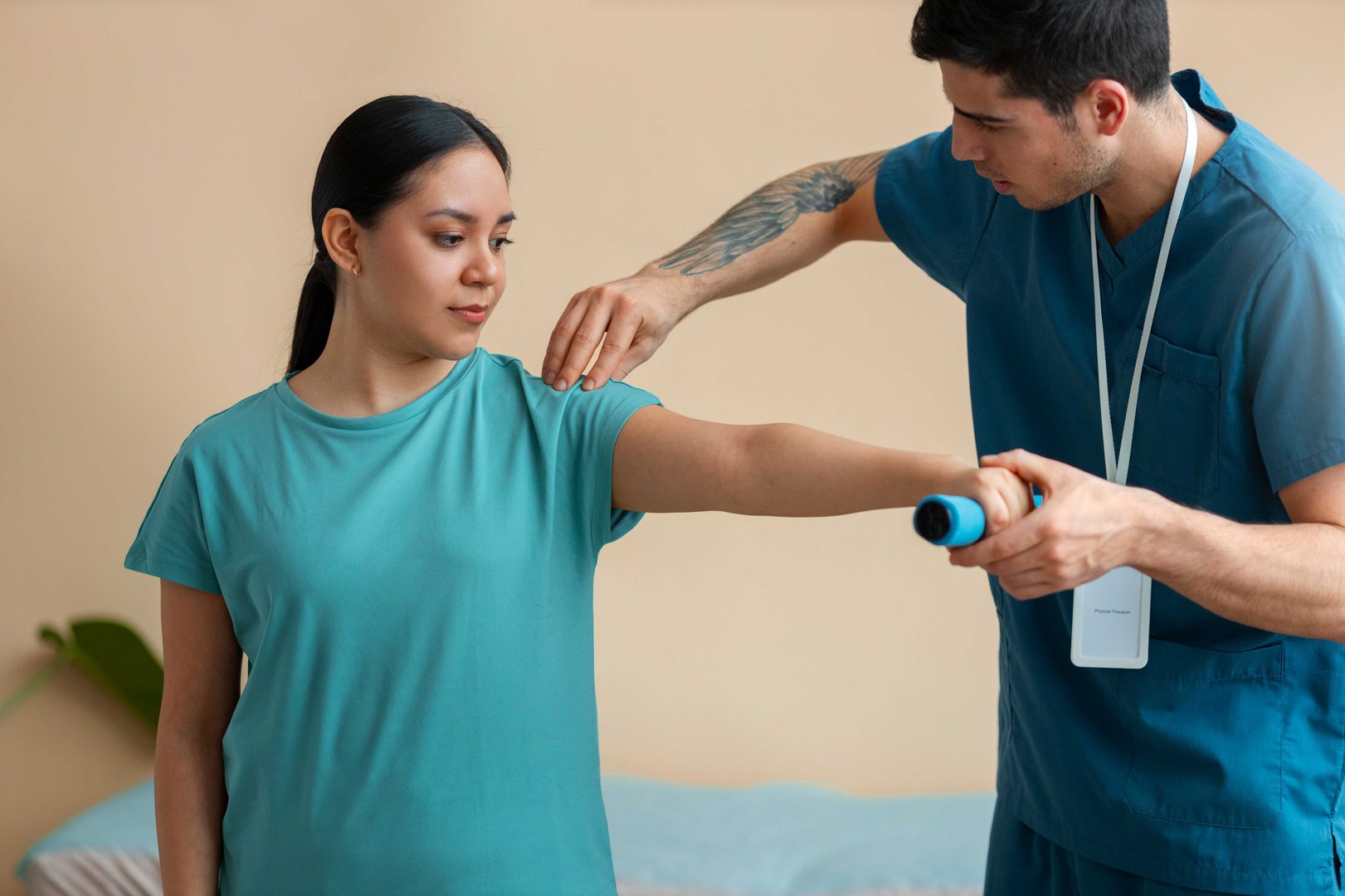
Cost Of The Treatment
One of the things that keeps patients up at night is how much this stem cell shoulder therapy costs — and they're right to worry. It ain't cheap, and it typically isn't reimbursed by insurance
Price depends on:
- The doctor's and the clinic's experience
- Number of injections needed
- Utilization of lab-enhanced mesenchymal stem cells
- Use of additional imaging or follow-up care
In India, the cost of average stem cell preservation or storage can vary from ₹50,000 to ₹2,00,000 based on whether autologous or allogenic cells are being used. In America, it can easily exceed $5,000. But when factored against the overall cost of shoulder surgery or medication over time, it might prove more cost-effective in the long run.
Revovery & Aftercare
Recovery after post-treatment is dependent on the severity of the shoulder problem and overall health. But generally, it's much less strenuous than recovery from knee surgery or complete rotator cuff repair. The most important post-treatment tips are:
Gentle physical therapy within 1–2 weeks
Steer clear of overhead lifting or straining for a few weeks
Routine follow-up imaging or evaluation
Supplements and a high-protein diet to aid cell regeneration
The majority of patients experience improvement in shoulder joint pain and enhanced range of motion by 4–8 weeks. Some patients might need booster injections for optimal recovery as well.
Future Scope Of The Treatment
The future of stem cell shoulder treatment is auspicious. As new advancements in Stem Cell Research emerge, researchers are looking to extend the healing potential of mesenchymal stem cells with the help of gene editing, 3D printing, and scaffold technologies.
We can look forward to:
- Personalized stem cell implants for rotator cuff repair
- Combined stem cell + gene therapy to recover in half the time
- High-tech diagnostics employing AI to forecast treatment success
Though challenges beset the path forward — particularly in terms of regulation and the cost of stem cell storage — momentum is building toward more widespread use. With each clinical trial that confirms its efficacy, stem cell therapy could one day be a normal component of orthopedic treatment.
Summary
In an era when quick fixes never seem to work in the long run, stem cell shoulder therapy is a true beacon of hope. It doesn't simply cover up the pain — it seeks to rebuild what's damaged. From rotator cuff injuries to scapula aches, the treatment provides a cutting-edge solution to conventional surgery and perpetual physiotherapy. With Stem Cell Research making leaps forward, and more people learning about stem cell preservation, storage, and treatment fees, we can anticipate this treatment making the switch from "alternative" to "mainstream" in the not-so-distant future.
References
https://ukhealthcare.uky.edu/wellness-community/blog/understanding-orthobiologics-prp-stem-cells
https://newsnetwork.mayoclinic.org/discussion/mayo-clinic-q-and-a-stem-cell-therapy-for-arthritis/
https://www.uciortho.com/stem-cell-therapy-orthopaedic-irvine-newportbeach-california.html
